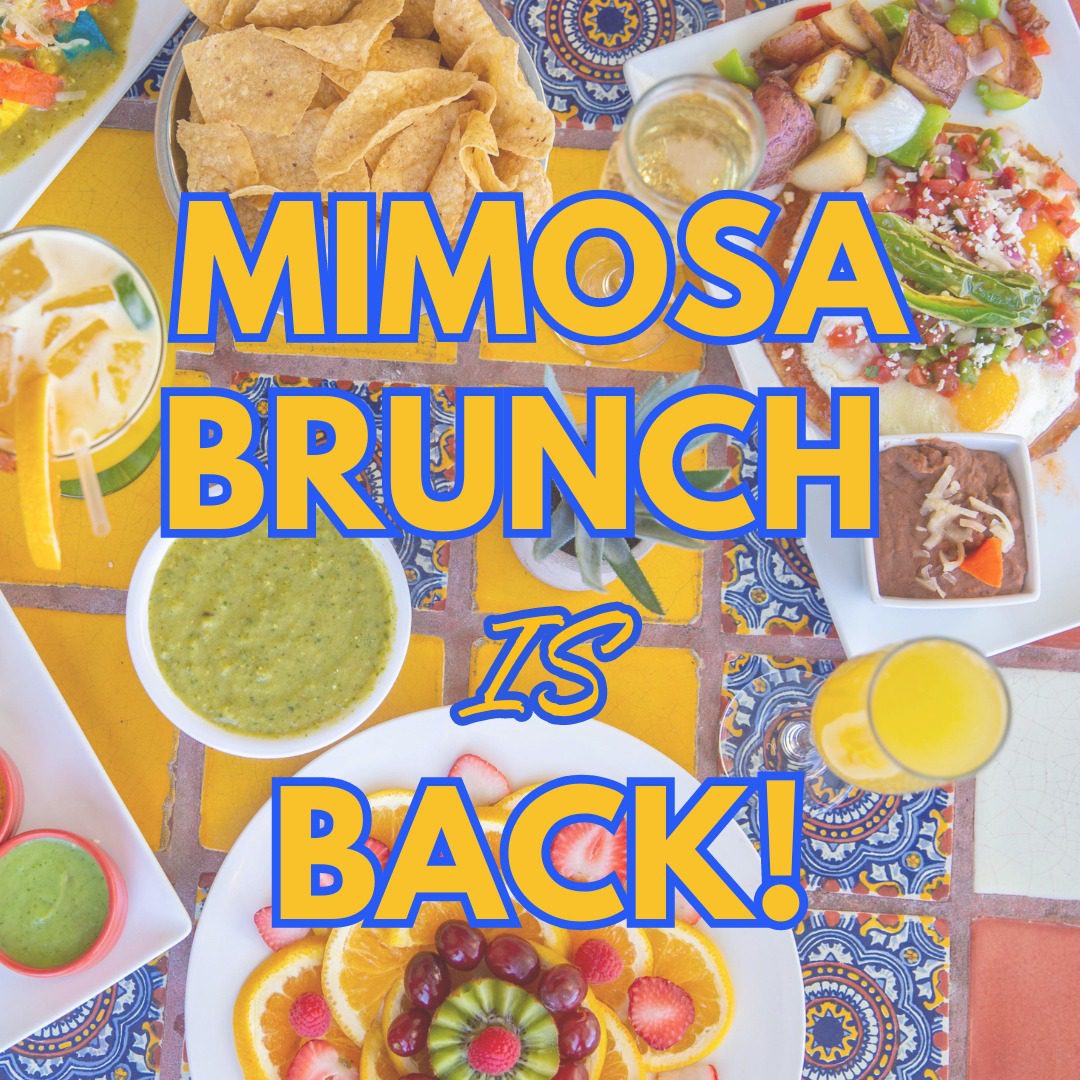While many folks are gearing up to celebrate Halloween at the end of the month, there’s another fall holiday right around the corner: Día de Los Muertos, or “Day of the Dead.” Día de Los Muertos is observed from October 31st to November 2nd, and though Americans are slightly more aware of this event now than they were in decades past, there’s still a lot of confusion surrounding Day of the Dead. So, in the interest of cultural exchange and enrichment, please allow us to give you a quick crash course!
Basic Information
First things first: Día de Los Muertos is NOT “Mexican Halloween.” This is a common misconception—especially among Anglo-Americans—that’s probably based on two observations: (1) Día de Los Muertos celebrations begin on October 31st, and (2) some of the iconography is similar. However, Day of the Dead and Halloween are entirely separate holidays with different histories and traditions. It’s fine if you’d like to celebrate both, but please don’t assume that doing so simply means painting your face like a stylized skull for your neighbor’s Halloween party!
Now that we’ve got that out of the way…Día de Los Muertos is a Mexican holiday wherein folks get together and honor their loved ones who passed away. Over the course of three days, friends and family members meet up, pray, and reminisce over the individuals who are gone from their lives but not from their hearts. Some people even believe that, during the celebration, the spirits of the dearly departed will walk among the living, free to check up on those they’ve left behind and even enjoy their favorite earthly foods and pastimes!
While there is a bit of sadness involved (especially if you’re honoring someone you’ve lost recently or still miss very much), the festivities are usually light-hearted, nearly always beautiful, and occasionally even irreverent. More than anything else, it’s a celebration of life—and an excuse to tell funny or interesting stories about your late relatives.
Traditions
Here is a very brief overview of a few symbols and customs associated with Day of the Dead:
- Families will often build three-tiered altars to their deceased loved ones and adorn them with gifts of food, candy, toys (for children) and even alcoholic beverages (for adults). The point is to leave a gift that the person being honored would enjoy. Many folks will also visit cemeteries and decorate gravestones, sometimes spending the night there in order to be physically close to their family members’ spirits.
- Known as “calaveras” in Spanish, skull (and other bone) iconography is everywhere during Día de Los Muertos. This design being integrated into holiday crafts, costumes, and even food (including those world-famous sugar skulls) is a way to acknowledge death in a festive way. People frequently paint their faces like skulls or wear skull masks; traditionally, this was done to trick Death into thinking that they were already dead and thus should be left alone.
- Marigolds and white chrysanthemums are associated with death, which means that they’re especially popular decorations for altars and gravestones during Día de Los Muertos. With their brightly-colored petals and fragrant blossoms, these flowers are said to help guide spirits toward their homes and families.
It’s worth mentioning that different cities have different customs when it comes to celebrating the Day of the Dead. Like nearly all holidays, there’s really no “right” or “wrong” way to go about things—and traditions are what you (and the people you care about) choose to make of them.
How to Celebrate
If you think you’d like to try observing Día de Los Muertos this year but you aren’t sure where to start, the good news is that this holiday is anything but obscure in North Texas! Simply do a web search for “Day of the Dead celebration in [your area],” and you’ll likely find educational events and public parties put on by local Mexican-American businesses and social groups. Come with an open mind and a festive spirit, and you may be surprised by how much fun you have—or how therapeutic it can be.
***
We’ve barely scratched the surface of the meaning behind (and cultural significance of) Día de Los Muertos; one could definitely write a whole book on the topic. At the very least, though, we hope that we’ve piqued your interest in this fall holiday and encouraged you to broaden your horizons. And if all this talk of food, celebration, and making the most of your finite time on this earth has put you in the mood for a Tex-Mex meal—the ultimate comfort and party cuisine—then so much for the better!





